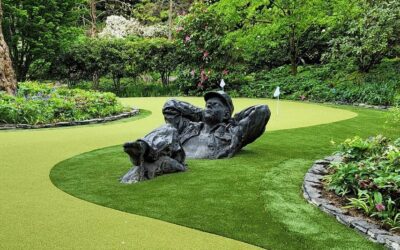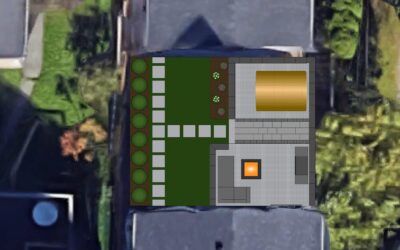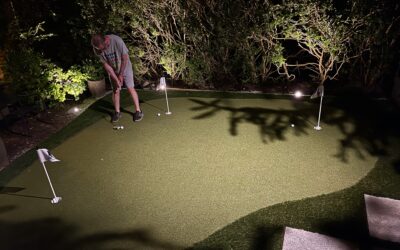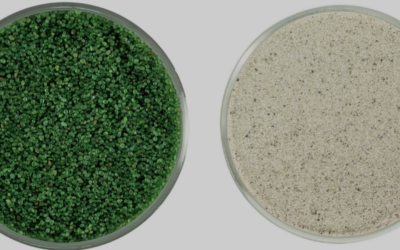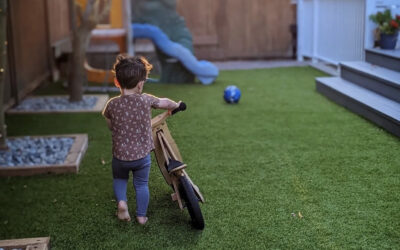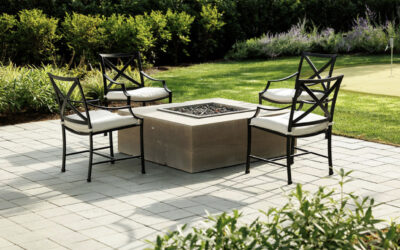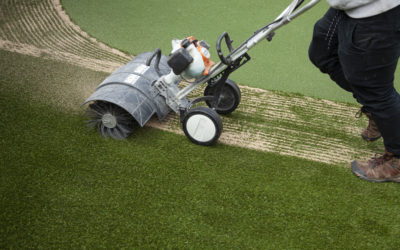Water is a precious resource that sustains life on our planet. As global populations continue to grow and climate change threatens our ecosystems, it becomes increasingly vital to conserve water wherever possible. One innovative solution that has gained popularity in recent years is artificial grass, which not only offers a beautiful and low-maintenance alternative to natural lawns but also plays a significant role in water conservation. Now, before I lose all the “environmentalists”, there are some surprising facts that you should know about. In this blog post, we will explore how artificial grass can help save water and contribute to a more sustainable future.
- Reduced Water Usage
One of the most evident ways artificial grass saves water is by eliminating the need for constant irrigation. Natural lawns require a substantial amount of water to remain lush and green, especially during the hot summers here in Vancouver and the lower mainland. In fact, the average homeowner uses ~16,000 gallons of water per year just on their lawn alone! Homeowners and commercial developments may not realize that a considerable portion of their water bills are wasted on the lawn. Artificial grass, on the other hand, requires no watering to maintain its appearance. This significant reduction in water usage can have a positive impact on both your water bill and the environment.
- Elimination of Sprinkler Systems
Maintaining a natural lawn often involves installing and maintaining sprinkler systems. These systems can be prone to leaks and inefficiencies, leading to even more wasted water. Artificial grass eliminates the need for sprinkler systems, reducing the risk of water waste and the associated costs of ongoing repair and maintenance.
- Conservation During Droughts
During periods of drought or water restrictions like we are experiencing across BC, natural lawns suffer, and maintaining them can become costly and nearly impossible. Artificial grass remains green and vibrant throughout these challenging times without any additional water usage. It provides a reliable and aesthetically pleasing landscape solution even when water resources are limited.
- No Harmful Runoff
Natural lawns often require fertilizers, herbicides, and pesticides to maintain their appearance. These chemicals can leach into the soil and eventually find their way into waterways, causing pollution and harm to aquatic ecosystems. With artificial grass, you eliminate the need for these harmful chemicals, reducing the risk of water contamination.
- Less Lawn Maintenance
Maintaining a natural lawn involves frequent mowing, which not only consumes significant fuel and emits greenhouse gases but also requires additional water to support the regrowth of grass. Few people realize that running a gas-powered lawnmower pollutes at a rate of 40x more than a vehicle! Artificial grass eliminates the need for mowing and, therefore, contributes to a greener, more eco-friendly landscape.
- Longevity and Durability
High-quality artificial grass combined with an annual cleaning program can last for many decades. This durability ensures that you won’t need to replace your lawn frequently, reducing the environmental impact of producing and disposing of natural grass sod.
In a world where water conservation is becoming increasingly critical, artificial grass offers an attractive and sustainable alternative to traditional lawns. By significantly reducing water usage, eliminating the need for irrigation, and minimizing the use of harmful chemicals, artificial grass can play a vital role in preserving our precious water resources. Additionally, its durability and low maintenance requirements make it an eco-friendly landscaping choice that contributes to a greener, more sustainable future. So, if you’re looking to save water and reduce your environmental footprint, consider making the switch with Turf Team – a small change that can make a big difference on the planet and your wallet! We specialize in low-maintenance and low-water landscape solutions.

